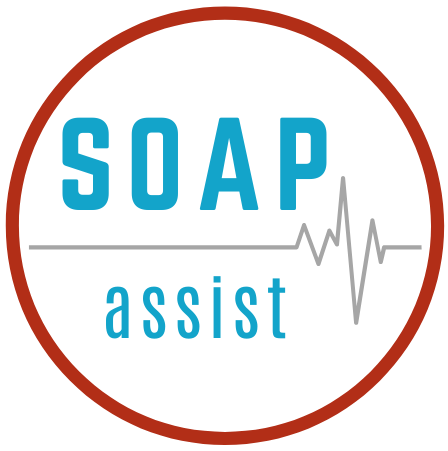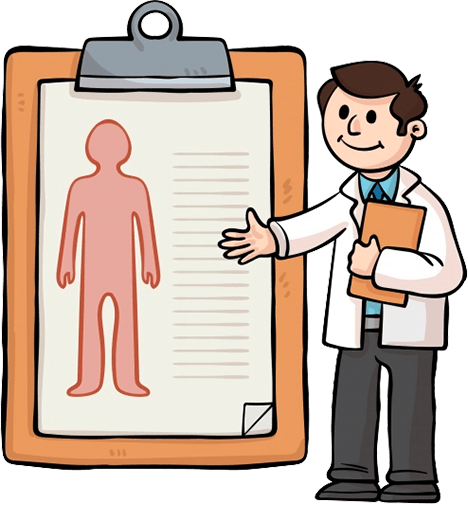Hyperlipidemia is a very common problem encountered by medical providers. In this article, we discuss hyperlipidemia and the role a template can play in enhancing patient care.
Cholesterol is a type of lipid, or fat, that is found in the body. It is necessary for the production of hormones, vitamin D, and the bile acids that help to digest fat. However, too much cholesterol can have negative effects on the body, as it can accumulate in the walls of the arteries, leading to a condition known as arteriosclerosis. This can increase the risk of heart disease, stroke, and other cardiovascular problems.
There are two main types of cholesterol: low-density lipoprotein (LDL) and high-density lipoprotein (HDL). LDL, often referred to as “bad” cholesterol, can contribute to the build-up of plaque in the arteries. On the other hand, HDL, or “good” cholesterol, helps to remove excess cholesterol from the body.
There are several factors that can contribute to high cholesterol levels. These include genetics, diet, and lifestyle choices. For example, consuming foods that are high in saturated and trans fats can increase cholesterol levels. Lack of exercise, smoking, and being overweight can also contribute to high cholesterol.
There are several ways to manage cholesterol levels. One of the most effective ways is through diet and lifestyle changes. This may include reducing the intake of saturated and trans fats, increasing the intake of fruits, vegetables, and whole grains, and getting regular exercise. In some cases, medications may also be necessary to help manage cholesterol levels.
Statins are a common type of cholesterol-lowering medication. They work by inhibiting an enzyme in the liver that is responsible for producing cholesterol. While statins can be effective at lowering cholesterol levels, they can also have side effects, such as muscle pain and weakness. Other cholesterol-lowering medications include bile acid sequestrants, nicotinic acid, and cholesterol absorption inhibitors.
Various treatments are appropriate depending on the severity of the patient’s cholesterol. If the patient already has clinical signs of cardiovascular disease, treatment is termed “secondary prevention”. Those who are being treated to prevent cardiovascular disease are being treated for “primary prevention”. SOAPassist’s online medical template for hyperlipidemia differentiates these categories. The result is a more organized medical SOAP note that improves communication between medical providers.
It is important to have regular cholesterol check-ups, as high cholesterol often does not have any symptoms. Risk factors for high cholesterol include family history, high blood pressure, diabetes, and smoking.
As a medical provider, it is important to keep all of these factors in mind when assessing cardiovascular risk. Utilizing online medical templates help remind providers of these important factors. SOAPassist has created a hyperlipidemia online medical template to assist providers in improving their documentation and ensuring important risk factors are not overlooked.
In conclusion, cholesterol is a type of fat that is necessary for the body to function properly, but high levels of cholesterol can increase the risk of heart disease and other cardiovascular problems. There are several ways to manage cholesterol levels, including diet and lifestyle changes and medications. Utilizing the hyperlipidemia online medical SOAP note can greatly improve SOAP documentation of this problem.
Disclaimer: SOAPassist curated templates are created for use by licensed medical providers. While they are examples of what a provider might document, their intended purpose is to provide a starting point for documentation and do not constitute medical recommendations.

